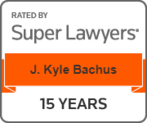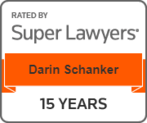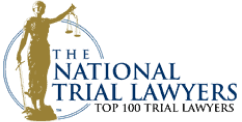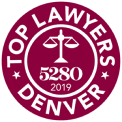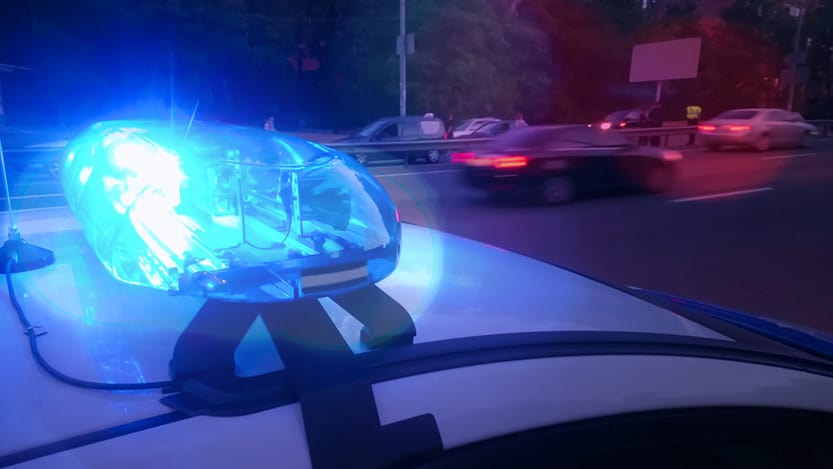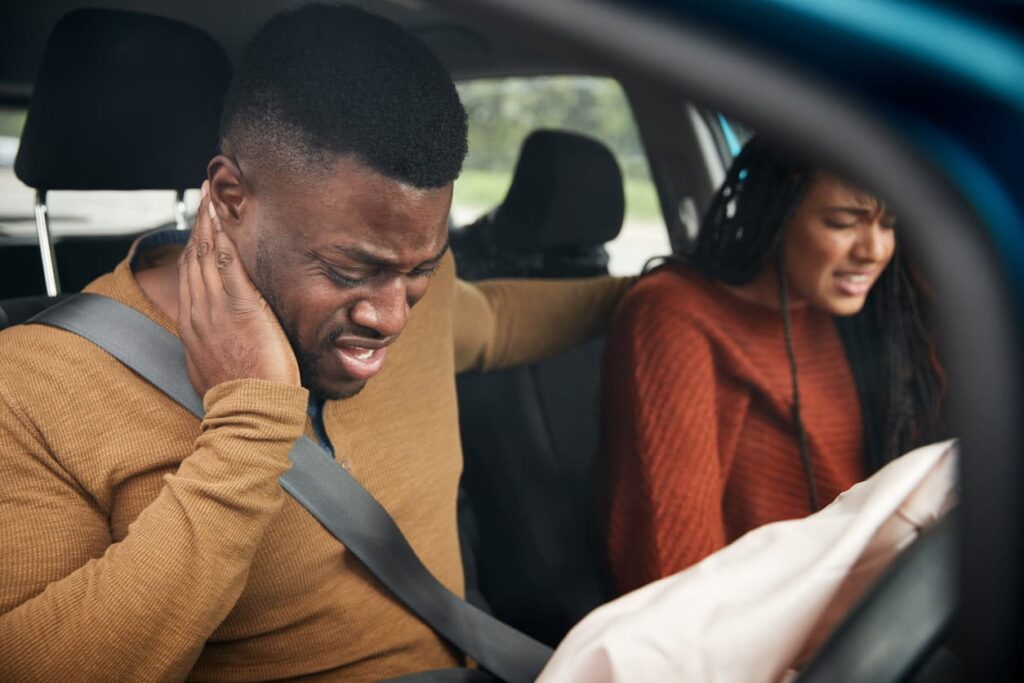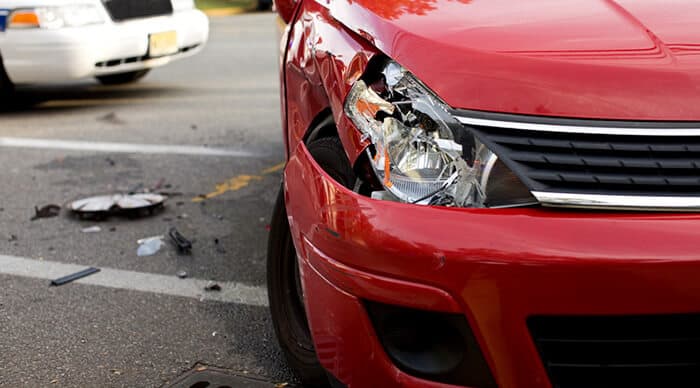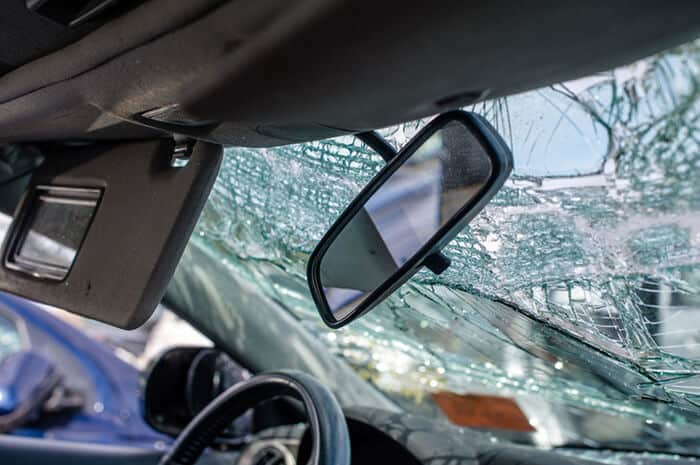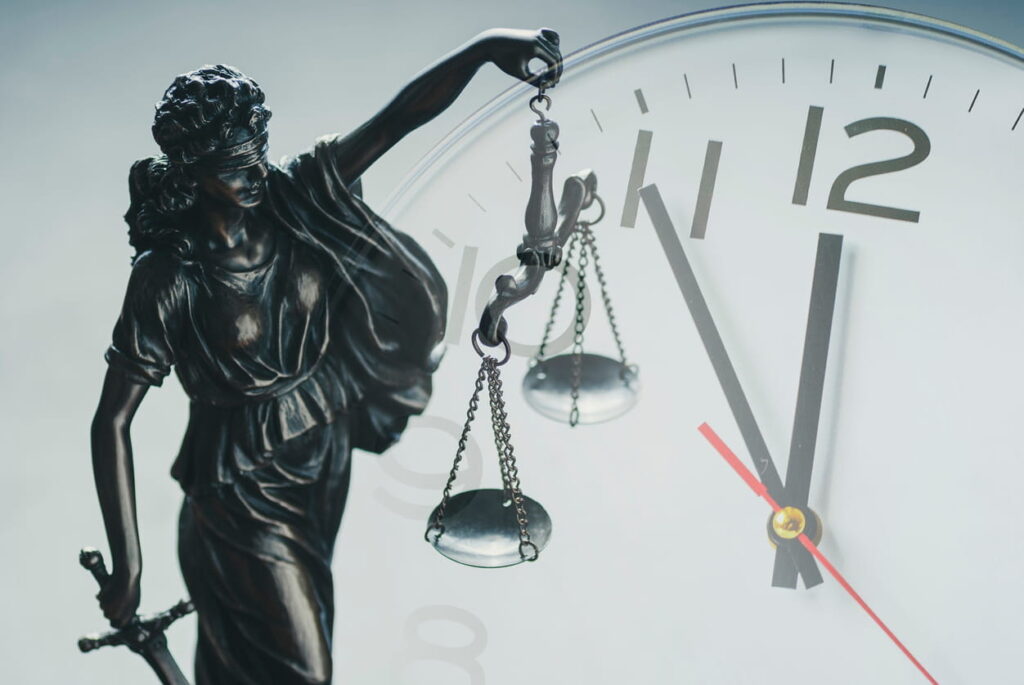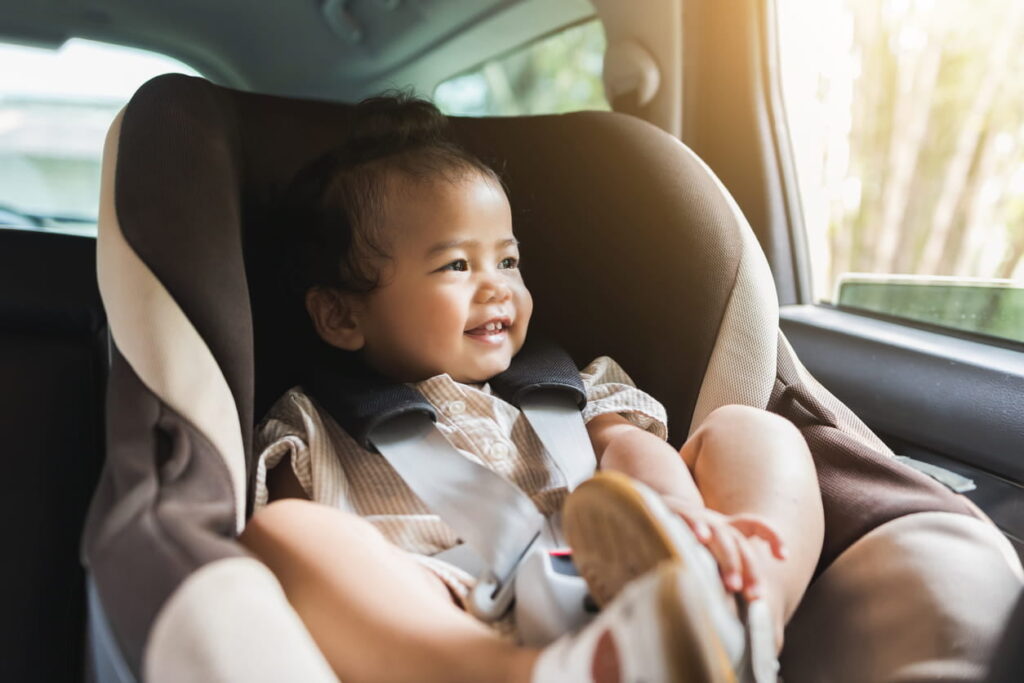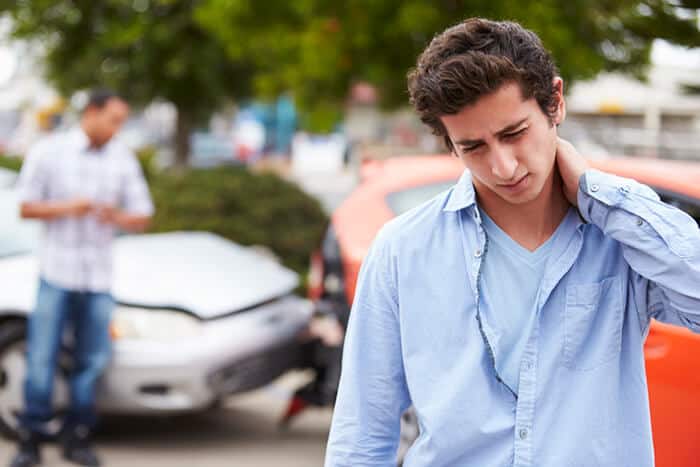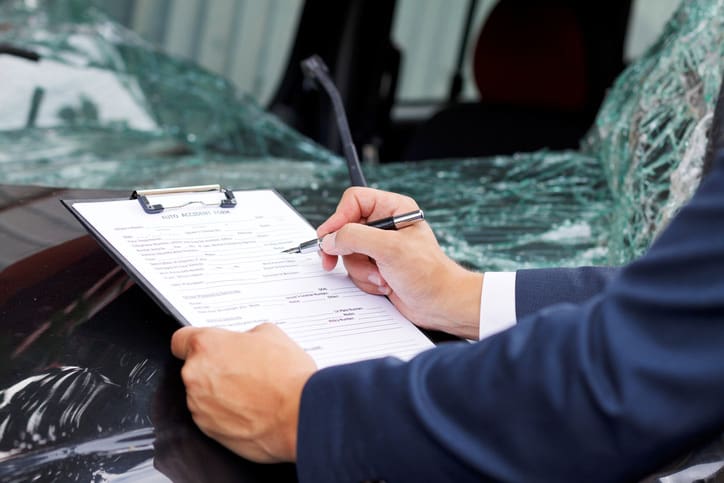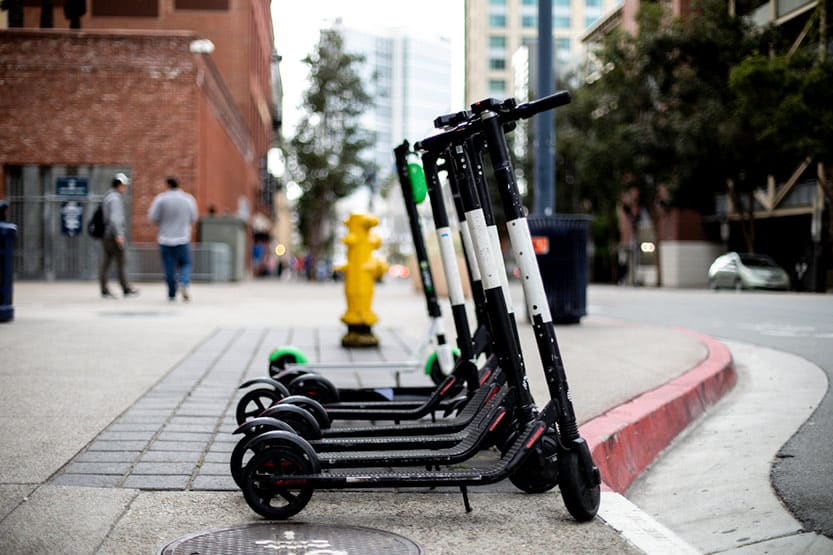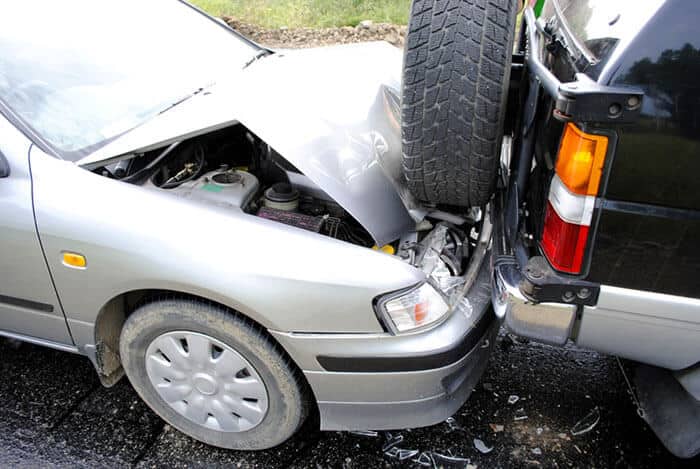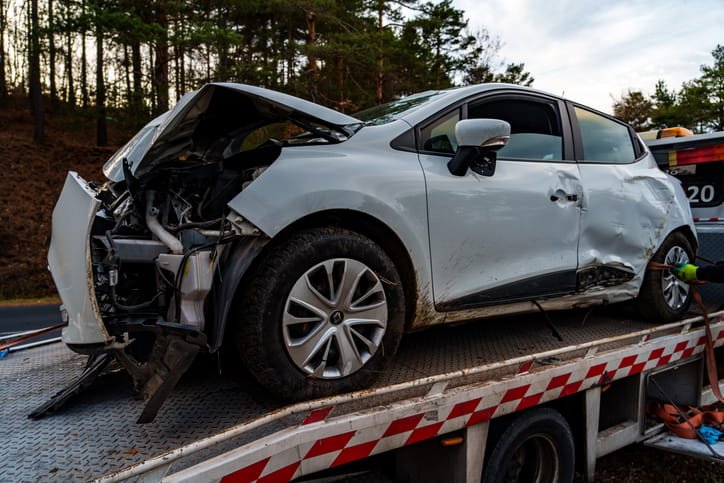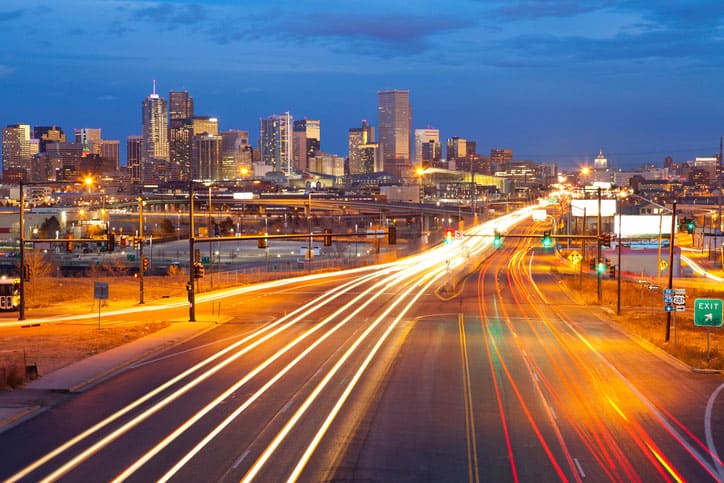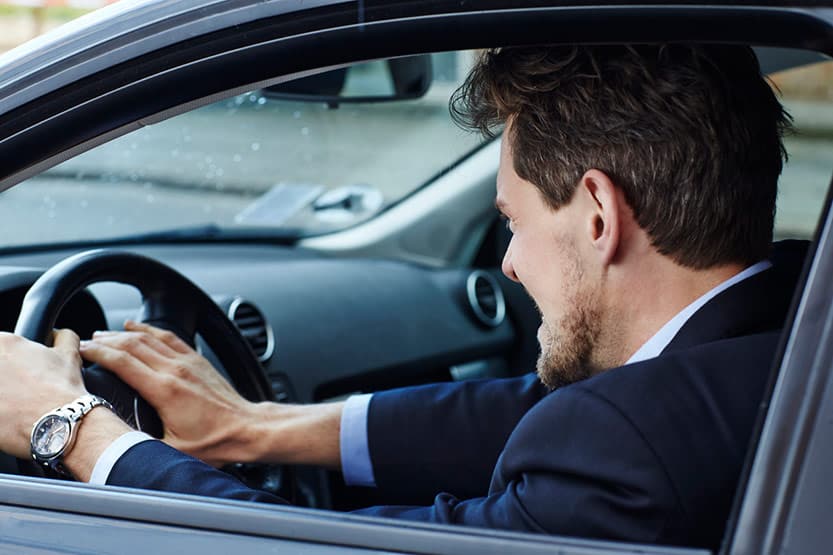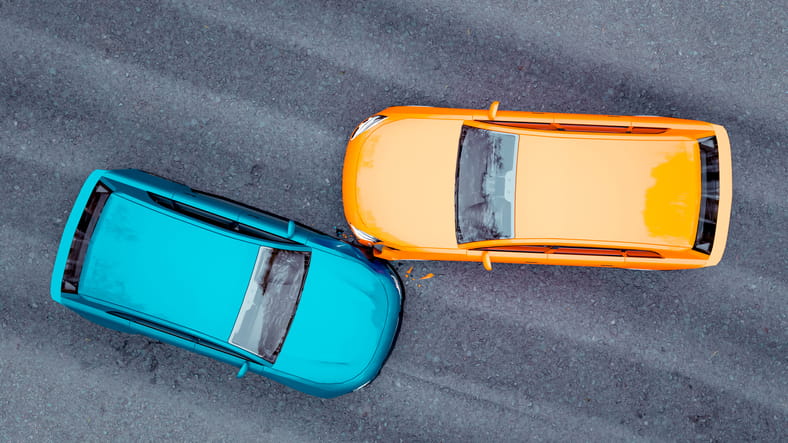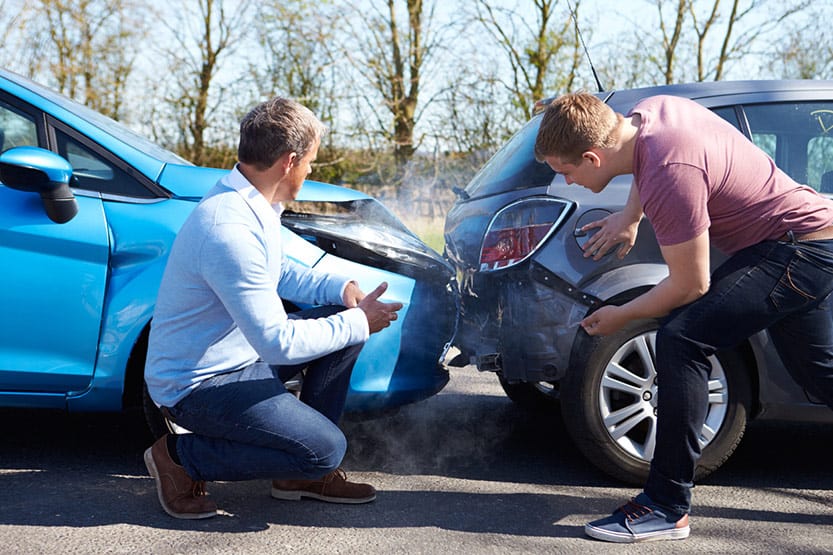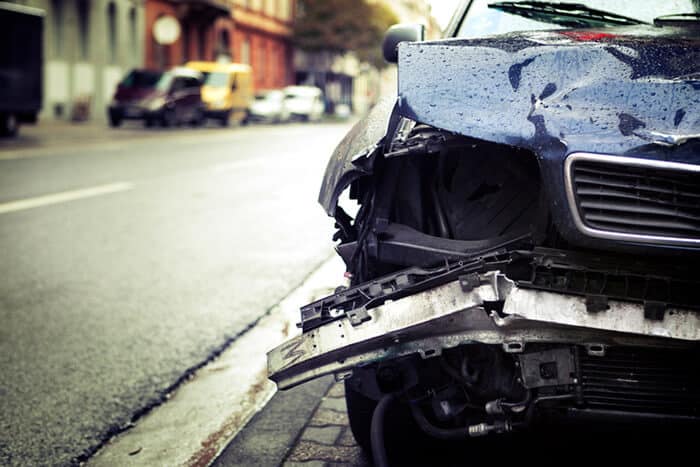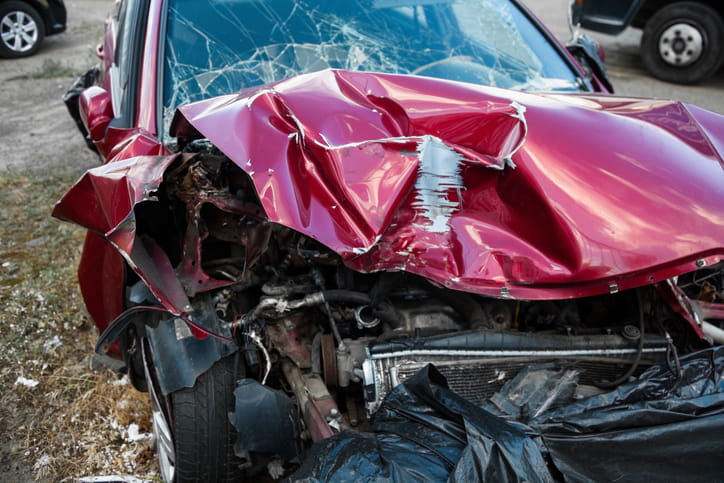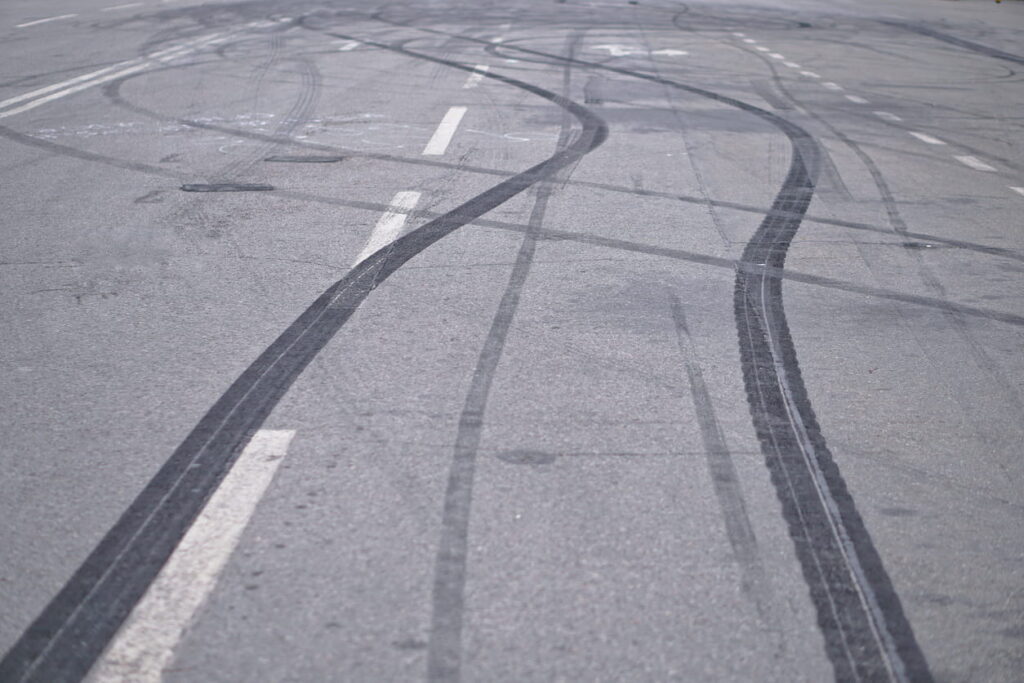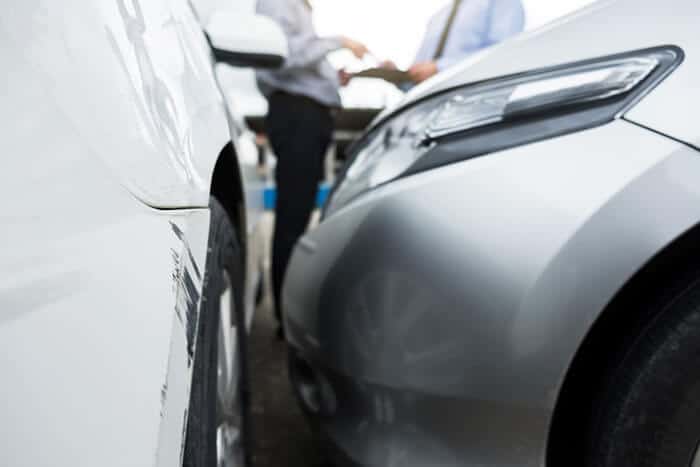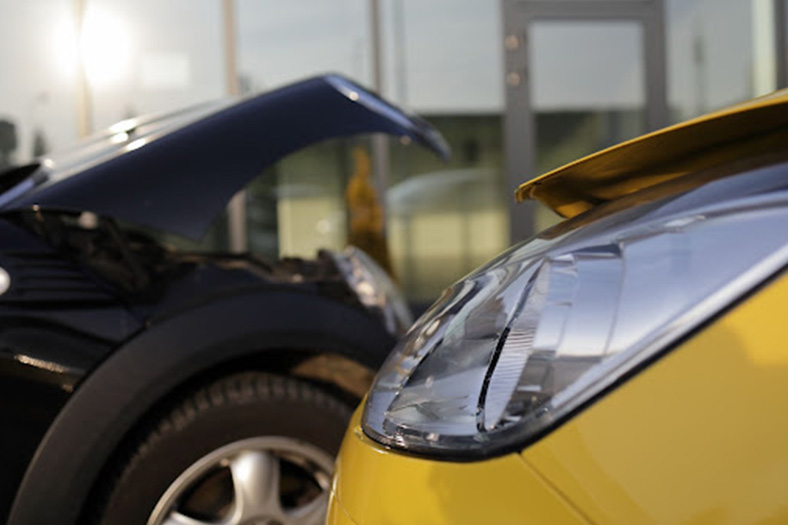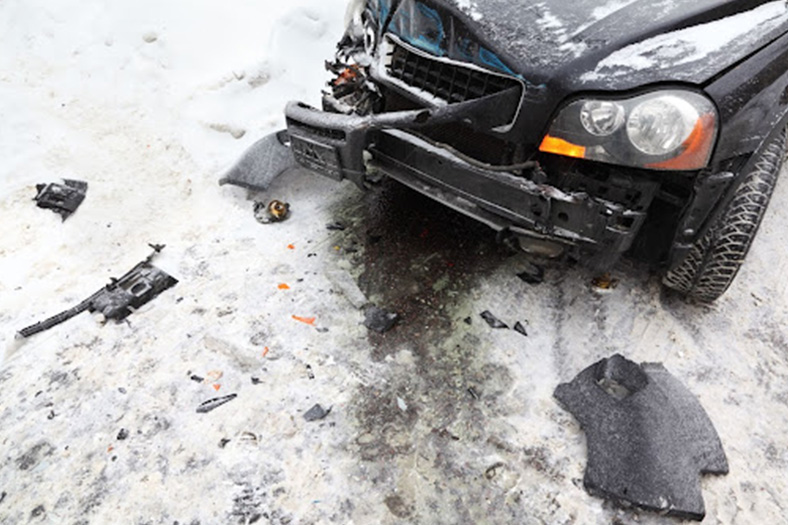Steps To Take In A T-Bone Accident
You need to be extra careful about the steps you take after a T-bone accident/side impact collision, which typically occurs at intersections when one driver strikes the side of a vehicle proceeding through the intersection. The front of the former vehicle will hit the other car’s side, forming a “T,” hence the name.
Different factors can result in a T-bone accident. These include disregarding the red light/stop sign, distracted driving, failure to yield, drunk driving, and aggressive driving. Other than intersections, this type of accident can happen on highways and in parking lots.
Bachus & Schanker Wins – Over $1 Billion Recovered
Here is what to do if you are involved in a T-bone accident:
1. Report The Accident
Like any other accident, you should report a T-bone crash to the police. Thus, confirm if you can reach your phone and call 911 or the local law enforcement authorities. If you are injured and can’t make the call, ask a passenger or a bystander to do so if they can.
If a police officer comes to the scene, they will obtain the needed information to create a police report. If they don’t, you can file an accident report online.
However, since most T-bone accidents are serious, consider contacting the local law enforcement authorities to have them investigate the case. This is because when you file a report online, you provide your narrative of the accident. Since a police officer didn’t investigate the accident, your report will not be official.
2. Seek Medical Attention
Being involved in an accident can be traumatizing, which means you may experience an adrenaline rush. Accordingly, your body’s pain threshold can be increased to help you survive the traumatic incident. This can last hours or even days.
Thus, you may sustain an injury in a T-bone accident and not feel pain — adrenaline rush symptoms can mask it. By the time you feel pain, an injury may have worsened.
Thus, after reporting the accident to law enforcement, it’s vital to seek medical attention even if you don’t feel pain. A doctor should examine you immediately to determine the location and extent of your injuries.
Examples of injuries commonly reported after T-bone accidents include:
Head Injuries
The force of a T-bone accident can cause the head to strike the window, dashboard, steering wheel, back of the car seat, and other hard surfaces (blunt force trauma). This can result in a concussion or a serious traumatic brain injury (TBI). One may also hit a sharp object that can penetrate the skull, entering the brain.
Furthermore, the head shaking severely can cause the brain to move rapidly forward or backward, which can lead to bruising and tearing of brain tissue and blood vessels.
Spinal Injuries
Whiplash is one of the most common spinal injuries from T-bone car accidents. When a vehicle strikes another from the side, inertia will be disrupted — the cars will absorb energy at the point of impact, causing them to slow down, but the occupants will continue to move forward.
Consequently, the neck can be forced to move back and forth rapidly while the body is trying to adjust to the impact. This movement can be so significant that it can strain the neck’s muscles, nerves, and tendons.
Chest Injuries
Similar to head injuries, chest injuries can also occur in a T-bone accident when the body collides with a hard surface. Blunt force trauma to the chest can break bones or cause injury to internal organs like the heart and lungs.
Seat belts are meant to protect vehicle occupants from the disruption of inertia. When the body is thrown forward by force, a seat belt is meant to keep it in place. However, when the seat belt comes across one’s bare skin or is worn incorrectly, it can lead to bruises and other injuries on the chest.
Abdominal Injuries
Blunt force trauma to the abdominal area during a T-bone accident can cause damage to internal organs, such as the kidneys, liver, and spleen. Pain and discoloration around the pelvis or abdomen can be a sign of serious abdominal injury.
Limb injuries
The force exerted when a car is hit from the side can significantly harm one’s limbs. Firstly, the force could cause the hip to hit the door or the car’s center console, which can lead to a bruise or fracture.
Additionally, legs and arms may get jostled around, resulting in an injury. Other limb injuries that may occur include broken bones and dislocation of joints.
Besides receiving immediate medical treatment, visiting a doctor allows you to create medical documentation that links your injuries to the accident. Waiting too long to seek medical help after an accident can give room for the other driver’s insurance company to argue that factors outside the crash may have led to your injuries. This can jeopardize your ability to receive a fair T-bone accident settlement.
3. Exchange Information
If you can move around after the crash, exchange information with the other driver. If emergency responders ask you to stay put until they arrive, request someone to help you obtain such information. The details you need are each other’s names, telephone numbers, vehicle information, and insurance details.
When talking to the other driver, remain calm. While you may be angry at them for putting you in a devastating situation, avoid getting upset — you may say or do something that can complicate your claim.
You should not refuse to exchange information with the other driver. If you believe you are not safe, wait in your car for the police to arrive to guide you.
4. Take Photos And Videos
Although a police report is crucial in providing details on how an accident happened, you need to take photos and videos of the scene. Take pictures and videos of the general view of the scene, the vehicles (showing their positions), the surroundings (traffic lights, road signs, weather conditions, debris, etc.), property damage, and your injuries.
Capture these from different angles with and without a flash. Furthermore, take close-up photos when capturing exterior and interior damages to your vehicle.
You can also take photos of the other driver’s details (their license info, registration, and insurance details) if they permit you to. This way, you will have a reference if you misspell or incorrectly record any of their details. Take as many photos as possible.
5. Speak To The Witnesses
If the police didn’t come to the scene, get statements from witnesses (bystanders and passengers) and their contact information. If the police responded to the scene and gathered witness statements, obtain the contact details of the witnesses.
6. Make A Claim
From medical records to photos, you should be ready to make a claim with your insurance company. To do this, you will provide them with your name, policy number, date of accident, and in-depth details of what happened.
Even though your insurer has a deadline for making car accident claims, consider doing so as soon as possible, regardless of who you believe is at fault. Your insurance company should have the relevant information sooner to commence an investigation.
The other driver will file a claim with their insurer, who will also investigate the case and try their best to deny or minimize fault. Thus, the earlier you provide your insurer with adequate information, the better.
Contact a T-Bone Accident Lawyer
Determining liability can be complicated in T-bone accidents. The position of the vehicles may not be sufficient to identify who is at fault. You need more pieces of evidence, including photos and videos, witness statements, video footage from cameras of nearby shops or city cameras, and a police report, among others. A T-bone accident lawyer can help you gather evidence and build a strong case. In turn, you can receive the compensation you deserve.
Sources:
Most Common Injuries from T-Bone Car Accidents. (2022).
What to do after a car accident: a step-by-step guide.Which driver is at fault in a T-bone side-collision accident? (2022).
Visit Our Auto Accident Law Offices Across Colorado & Beyond
Serving Clients Nationwide
Related Car Accident Resources
You Deserve Fair Compensation
Don’t let the insurance companies intimidate you into accepting less than you deserve. We’re ready to fight for you.

Written and Legally Reviewed By: Kyle Bachus
4.6 ★★★★★ 1,461 Google Reviews
Kyle is a member of the Colorado Bar associations and has served on the Board of Directors of the Colorado Trial Lawyers Association for more than twenty years in total. Over the years, Kyle has achieved justice for many clients. He has served on numerous committees and repeatedly won recognition from his peers at both the state and national level. He is proud of the role he has played in the passage of state and national legislation to protect consumers and is a frequent speaker and guest lecturer.
